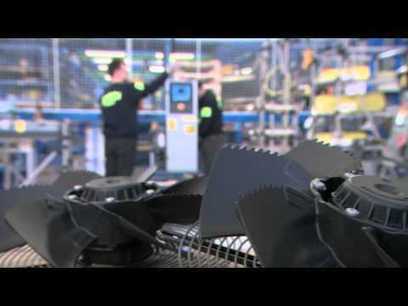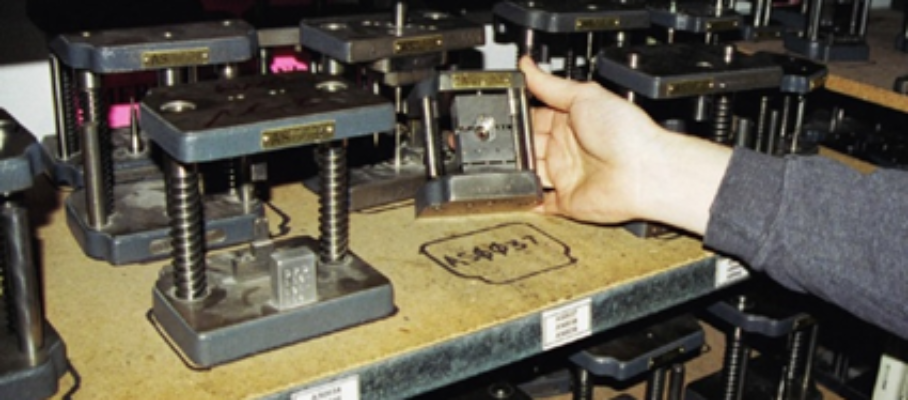Jul 18 2013
The Meaning of “Total” in Japanese Improvement Programs
As Armand Feigenbaum originally formulated Total Quality Control (TQC) in 1951, it meant quality control from product design to after-sales service. It had to do with the scope of the activity, not with who participates. In 1984, when Kaoru Ishikawa described the Japanese version of TQC, “Total” had come to mean “company-wide” (全社的, zenshateki). Sometimes, it is even explicitly stated to mean “with participation by everyone” (全員参加, zenyinsanka).
It can be argued that the Japanese side mistranslated “Total,” but it makes no difference. If we want to understand TQC or TPM, we need to go by what they mean by it and realize its implications. “Participation by everyone,” in particular, means the following:
- The CEO and the janitor both participate. Personal involvement by top management is essential because it prevents anybody else claiming they are too busy.
- Training in the activity must cascade down from top management through all the layers in all the departments.
- There must be sanctions for refusal to participate.
As a consequence, the “Total” programs are difficult and expensive to implement. Before starting one, you must be sure that:
- It is worth it.
- The workforce has the needed skills.
- Management relations are conducive to success.
Otherwise, it most often fizzles out after a flurry of initial activity. In the worst case, it leads to a mutiny. When starting improvement in a manufacturing plant, the prerequisites for any kind of “Total” program are rarely met. It is safer to start a with activities involving local, small teams of volunteers, whose success motivates others to join in. This gradually strengthens the organization to the point where it is able to pull through a program that requires participation by everyone.




Jul 23 2013
Standard Work in Low-Volume/High-Mix Manufacturing
In the TPS Principles and Practices discussion group on LinkedIn, Brian Miller initiated a discussion on “How do you create standard work for a customized product that has over a billion combinations?” It has had 31 comments so far, and I would like to share here a few that I made.
Even in a plant that is perceived to be focused on low-volume/high-mix production, you usually have an uneven demand pattern, calling for different approaches to standard work by product category.
You start with a Runner/Repeater/Stranger analysis to determine what it is we do often and what not. Without this analysis, we commingle in the same lines products made every day with other products made sporadically (See Lean Assembly). In Japan, this is called P-Q, or Product-Quantity analysis, with the categories called A, B and C. The more vivid Runner/Repeater/Stranger terminology comes from Lucas Industries in the UK. You then use a dedicated, integrated production line for each Runners, a flexible line for each family of Repeaters, and a job-shop with functional groupings of equipment for Strangers.
Then, obviously, you face different challenges for developing standard work in each category:
Share this:
Like this:
By Michel Baudin • Technology 10 • Tags: Low-Volume/High-Mix, Runner-Repeater-Stranger, Standard Work, Work instructions, Yatai